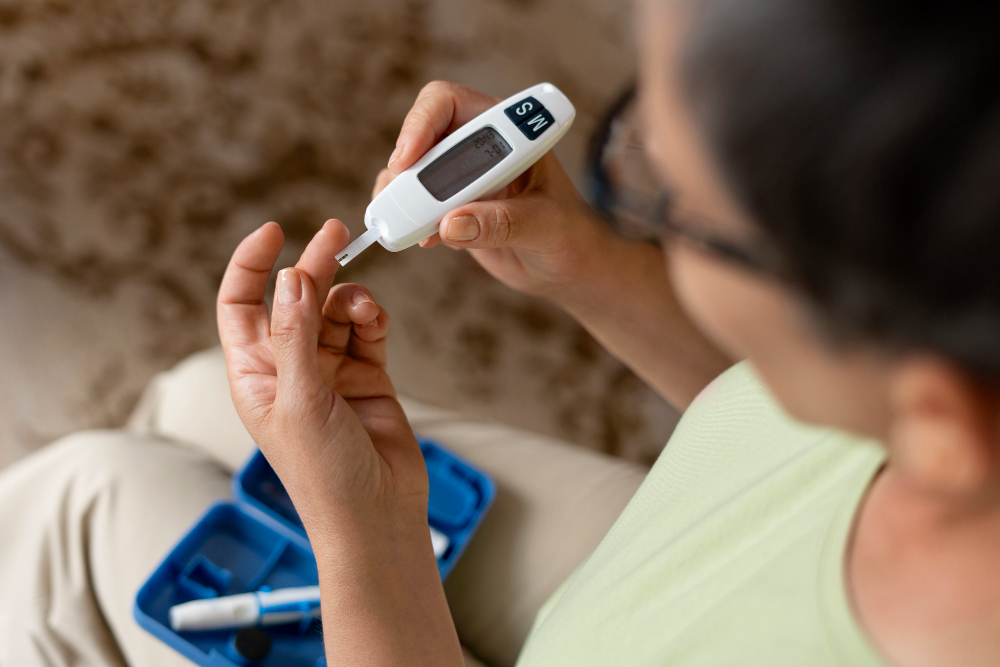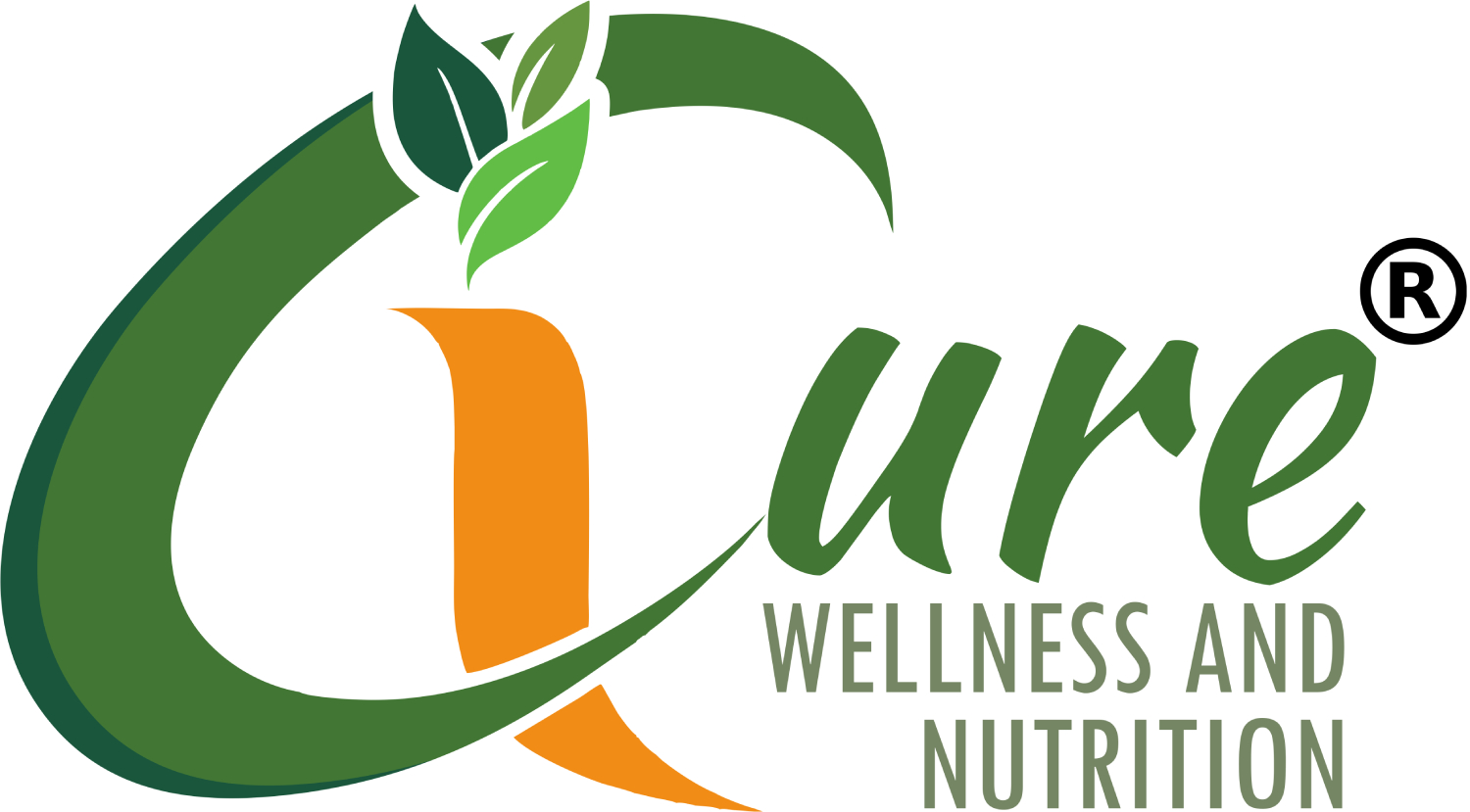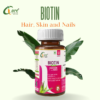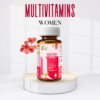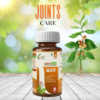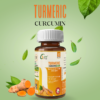To some extent, your genes determine how well your skin stands the test of time. But environmental factors, such as sun exposure, play a big role as well, affecting not just your skin’s appearance, but also your risk of skin cancer.
When it comes to skin treatments, there’s lots of good news regarding therapies for medical conditions as well as cosmetic concerns. But it’s important to choose your treatments with care and to check and double-check the reputation and accreditation of clinicians performing invasive skin procedures. The market for skin treatments is skyrocketing: research indicates Americans spend an estimated $5 billion or more each year on anti-aging skin care products, and the number of minimally invasive cosmetic procedures to improve the skin’s appearance—like chemical peels, fillers, and lasers—has increased to more than 16 million annually in the United States.
How do I get healthy skin?
Although people seldom stop to appreciate their skin, it’s much more than a way to hold bones and tissues. It is the body’s largest organ, weighing about nine pounds, and performs several functions that help maintain health. Skin forms a defensive barrier, protecting your inner organs from foreign invaders like bacteria and viruses. But it is not merely a passive wall. In the outermost layer of skin, cells actively ward off infections, forming the front-line defenses of the immune system.
The importance of skin care
As you age, your skin undergoes “wear and tear” in response to the elements. In particular, damage from sun exposure, also known as photoaging, causes wrinkles, lines, brown spots, dry skin, and even skin cancer, making sun protection vital. Over the years, everyday stresses and exposures also can alter your skin’s tone, texture, and contour.
This is why proper skin care is so crucial. Take care of your skin, and it will take care of you.
A daily skin care routine is the foundation for keeping skin protected and healthy. It includes properly cleaning the skin and using skin care products like sunscreen and moisturizers.
What foods and vitamins are good for your skin?
Eating a plant-based diet offers the best vitamins for skin health, to repair damage, and keep it healthy. It is almost always best to get vitamins and minerals through your diet. Certain vitamins are helpful for skin health. For example:
Vitamin A for healthy skin. Vitamin A (retinol) is often touted for supporting bone growth and good vision (from consuming beta carotene, which the body converts to vitamin A). But it also keeps skin healthy by speeding up healing and protecting the skin from damaging free radicals. Sources of vitamin A include beef liver, ricotta cheese, Atlantic herring, fortified milk, and cereal. Beta carotene is found in orange-colored food like sweet potatoes and carrots. All of these are the best foods for skin health. Vitamin A is a fat-soluble vitamin, which means the body stores what it doesn’t use.
B vitamins for healthy skin. The eight B vitamins perform a wide range of essential bodily functions, including treating damaged skin and improving skin tone. They are water-soluble, meaning the body excretes excess amounts. Many foods contain B vitamins, such as fortified breakfast cereals and milk, meat (beef, pork chops, chicken, turkey, tuna, trout), rice, black beans, almonds, and peanuts. Many older adults can be deficient in vitamins B-6 and B-12 and may need a daily multivitamin or B complex supplement that contains all eight B vitamins.
Vitamin D for healthy skin. Another fat-soluble vitamin, D helps with skin cell growth and repair. It is found naturally in only a few foods, primarily fatty fish. Small amounts are added to other food sources like milk, yogurt, some juices, and breakfast cereals. The easiest way to get vitamin D is sun exposure. The body converts sunlight into vitamin D, hence its nickname as the “sunshine vitamin.” While people should avoid too much sun, 10 to 15 minutes of exposure per week makes the necessary vitamin D your body needs. Yet, this can vary depending on location (people living in states above the 37th parallel often get less sunlight than those living in states below) and skin color (African-Americans have, on average, about half as much vitamin D in their blood as white Americans). People who have trouble getting vitamin D from food or the sun can also take a vitamin D supplement.
Vitamin C for healthy skin. Vitamin C, another water-soluble vitamin, also fights harmful free radicals. Foods rich in vitamin C include citrus fruits (oranges and grapefruit), cantaloupe, strawberries, and vegetables like spinach and green and red peppers.
What are common skin conditions?
Even if you eat right and protect yourself from sun damage, skin problems like rashes, acne, wrinkles, and skin lesions can still arise.
Skin rashes. Rashes frequently appear as red blotches that often burn and itch. They should be checked by your doctor as they could be caused by diseases and conditions like shingles and eczema. Yet, the rash that affects most people is contact dermatitis, which occurs after the skin comes in contact with an offending substance. It can be caused by an allergic reaction, like poison ivy and oak, or by simple irritation from household items, such as detergents, harsh soaps, and nail polish. Certain medications—such as topical antibiotics and anesthetics—can suddenly trigger this type of rash. If you take medication and develop a rash you should report this to your doctor promptly.
The first step in treating contact dermatitis is to wash the area thoroughly with mild soap to remove any trace of the substance that may be causing the reaction. Avoiding the trigger is the next step. If you can’t determine the cause of the allergy or irritation, testing by a dermatologist can help reveal the cause.
Contact dermatitis usually clears up in about two to three weeks. Soothing lotions, over-the-counter corticosteroid or antihistamine creams, or ointments can help ease itching and swelling. Other over-the-counter antihistamines such as fexofenadine (Allegra, generic), loratadine (Claritin, generic), cetirizine (Zyrtec), and levocetirizine (Xyzal) also may help control itching. For severe cases, your doctor may prescribe prednisone, an oral corticosteroid.
Acne. Although most common during the teenage years, acne may appear for the first time in midlife or worsen. Acne results from inflammation around the hair follicles and oil-producing skin sebaceous glands. It appears as whiteheads, blackheads, and swollen red bumps, often filled with pus. Several treatments are available to clear up acne, including some that you apply to your skin and others you take in pill form. First-line topical treatments typically fall into one of these two categories:
Salicylic acid washes. These formulas loosen dead skin cells and help dislodge plugs from pore openings, seen as whiteheads and blackheads. Salicylic acid washes are available in over-the-counter and prescription formulations.
Benzoyl peroxide gels, lotions, and washes. These products fight bacterial growth and may help clear blocked pores. They are available in over-the-counter and prescription versions.


